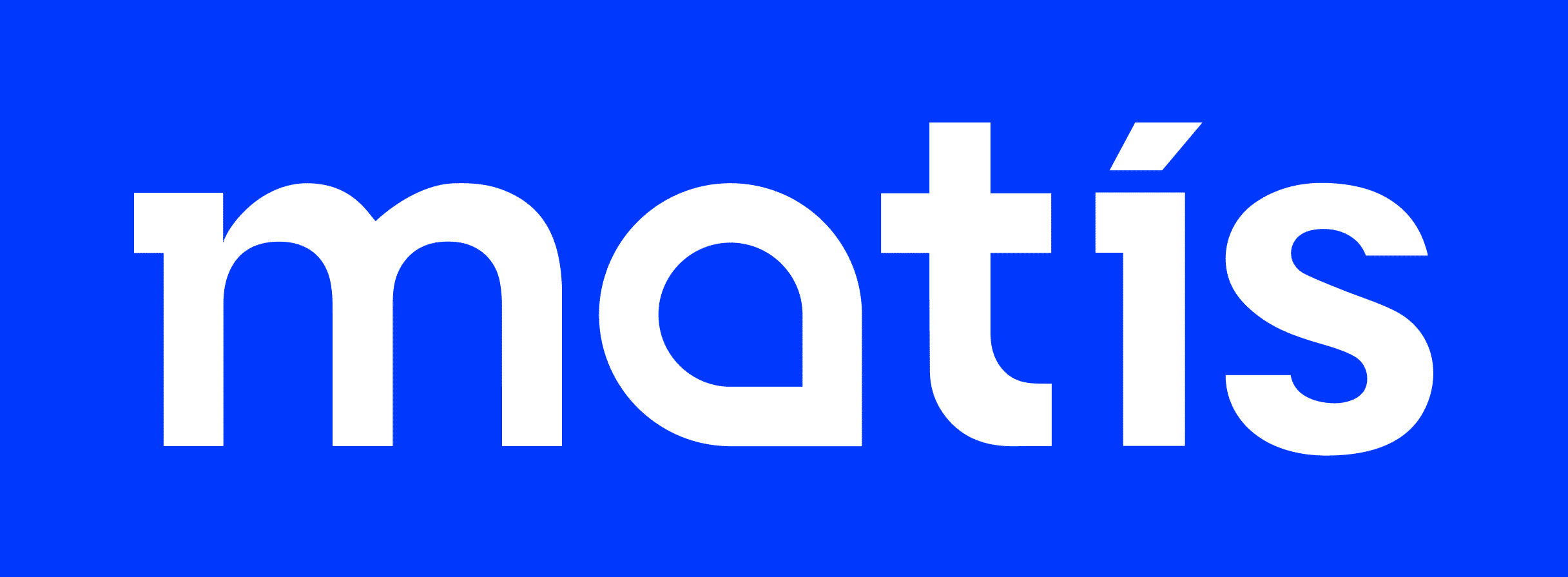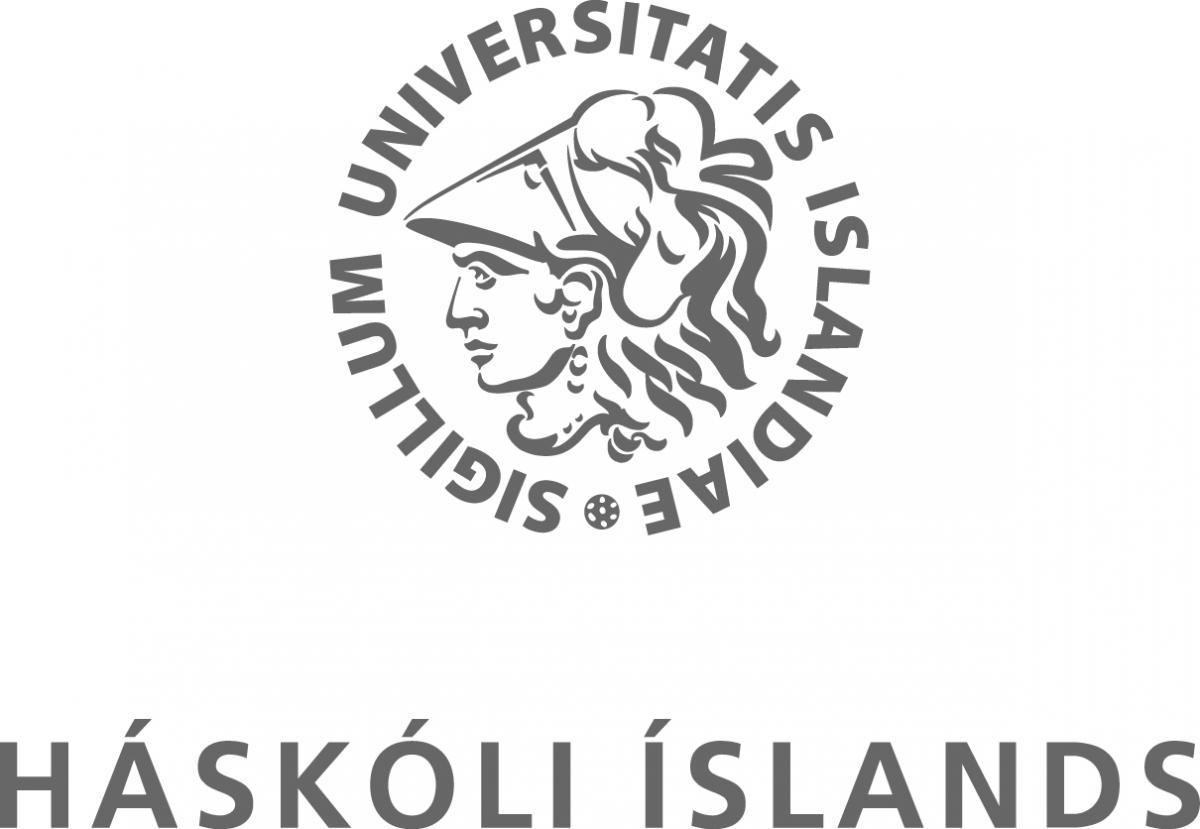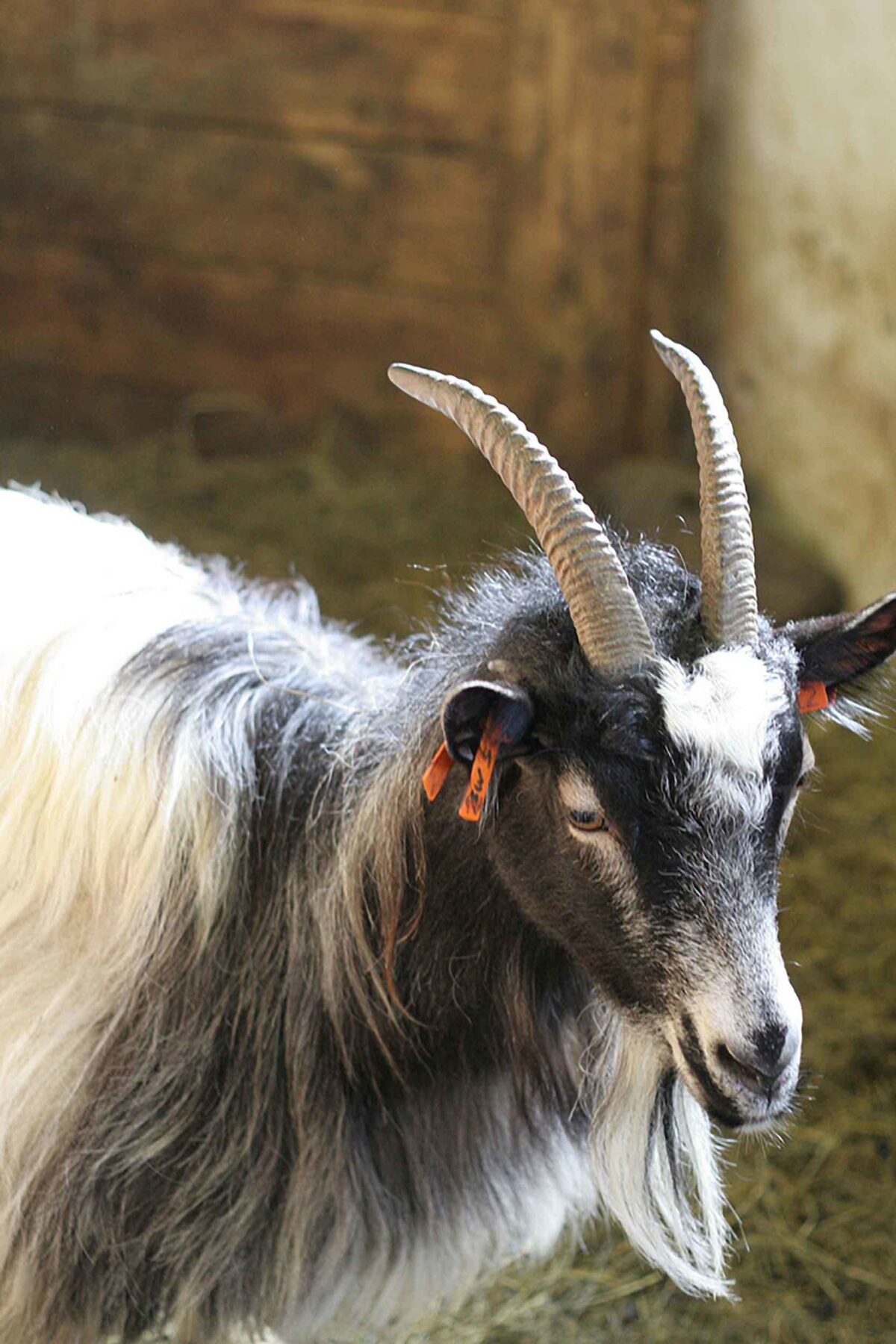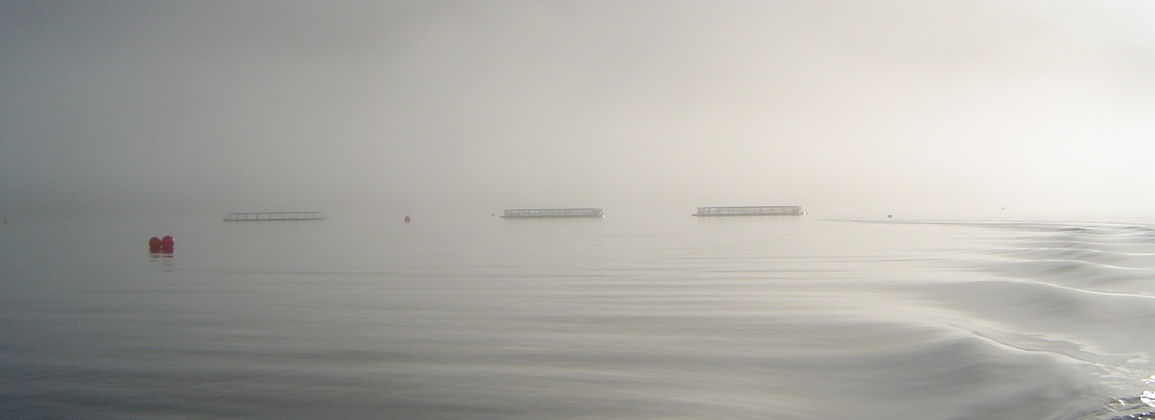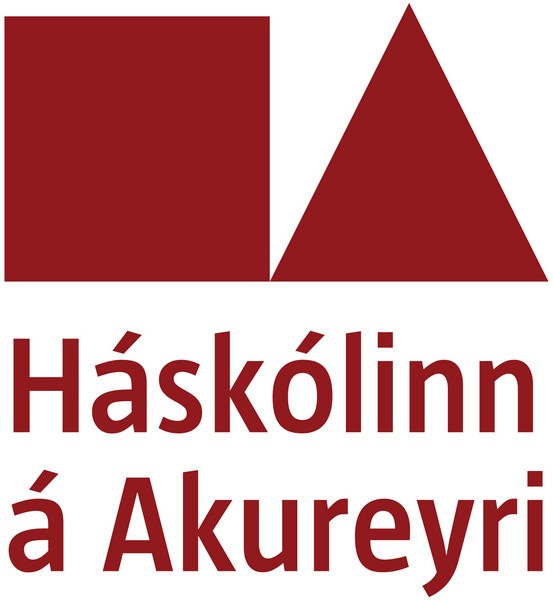The position of assistant professor of food science at the Faculty of Food and Nutrition at the University of Iceland is 100%.
Field of study:
An applicant with knowledge and experience is sought to strengthen research and teaching in food science with an emphasis on food chemistry, food processing or food microbiology.
Area of work:
• To participate in the development and teaching of basic, master's and doctoral studies in food science.
• To teach and guide food science students.
• To conduct research in the field of food science.
• To participate in the management and development of teaching and research.
• To raise external research grants and take an active part in national and international projects and collaborations.
Educational and qualification requirements:
• Doctoral degree with specialization in food science. The specialization can be in the fields of food chemistry, food biotechnology, food processing or food microbiology.
• Experience in overseeing research projects, clear research emphases and experience in obtaining research grants.
• Successful teaching experience at university level as well as experience in supervising graduate students.
• Excellent English skills.
• Good co-operation skills and agility in human relations.
• Reliability, initiative and independence in working methods, as well as good skills in sharing one's own knowledge.
When hiring, it will be assumed that the person who gets the job fits as well as possible with the circumstances and needs of the Faculty of Food and Nutrition.
The appointment will be for a term of five years with the possibility of indefinite employment after that time, cf. Paragraph 3 Article 31 rules for the University of Iceland no. 569/2009.
The provisions of the Act on Public Universities no. 85/2008 and rules for the University of Iceland no. 569/2009.
According to the rules of the University of Iceland no. 569/2009, Article 38 the Rector may grant promotion to the position of associate professor or professor in the case of a new appointment if the person in question fulfills those conditions.
Application process:
The application deadline is until March 6, 2017 and applications must be received in electronic form at the e-mail address bmz@hi.is marked HI17010159.
Applicants must enclose with their application a certificate of their academic career and work, a bibliography, a report on scientific work and other work they have done, and a research plan if hired. The application must state which of his or her publications, up to eight in number, the applicant considers to be the most important with regard to the work in question. Applicants only send these publications with an application, or refer to where they are available in electronic form. When more than one author submits a work, applicants must state their contribution to the work. Furthermore, applicants are expected to include reviews of their teaching and management positions, as appropriate. If it is not possible to submit supporting documents with an application in electronic form, they must be submitted in duplicate to the School of Science at the University of Iceland, Sæmundargata 2, 101 Reykjavík. All applicants will be answered and notified of the job placement once a decision has been made. Applications can be valid for six months from the end of the application deadline.
Salaries are according to the wage agreement between the Association of University Teachers and the Minister of Finance.
It is expected that the above work will be provided from 1 August 2017 or by agreement, provided that the work of the committees dealing with the matter will then be completed. Applicants will be informed of the results of the adjudication committee and the selection committee and of the disposition of the job when that decision is available.
For further information:
- Guðjón Þorkelsson, President of the Faculty of Food and Nutrition and Matís employee (gudjont@hi.is / s. 422 5044)
- Auður Ingólfsdóttir, Head of the Faculty of Food and Nutrition (auduring@hi.is / 543 8408).
When recruiting for jobs at the University of Iceland, the university's gender equality plan is taken into account.
The Faculty of Food Science and Nutrition is one of the six faculties of the School of Health Sciences at the University of Iceland. At the faculty, about 120 students study food science and nutrition. Of these, about 50 are graduate students, both in master's and doctoral studies. There are eight full-time academic positions within the faculty, and due to the high average age of food science teachers, a significant renewal of staff is expected in the coming years. Therefore, young researchers are especially encouraged to apply. The faculty is in research and teaching collaboration with the Laboratory of Nutrition (www.rin.hi.is) and Matís ohf (www.matis.is).
Further information about the faculty can be found on the School's website
http://www.hi.is/matvaela_og_naeringarfraedideild/forsida
